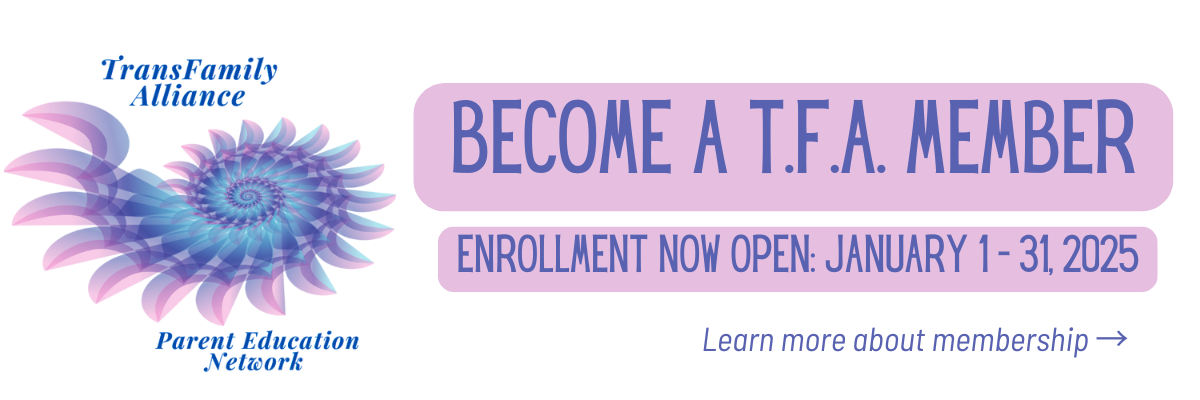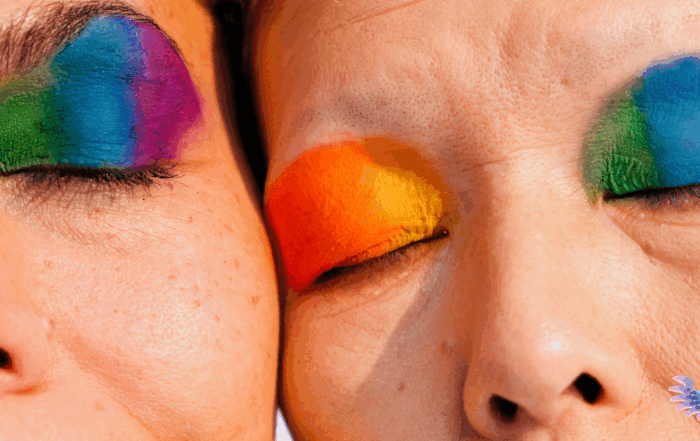Understanding Non-Binary Identities: Where to Start
Even if you’re comfortable with the idea of gender diversity and aware that there’s more to identity than “just being gay,” grasping the nuances of the non-binary experience can still feel overwhelming. You might even find yourself asking, “Is this non-binary thing new? What’s going on here?”
Here’s the truth: non-binary people have always existed.
What’s changed is our ability to talk about it. Today, we have a richer vocabulary to describe these identities and a deeper scientific understanding of how gender is experienced and expressed.
So, What’s Non-Binary?
Unlike sexual orientation or biological sex, gender identity is about how someone experiences and understands their own gender. For non-binary people, this means they don’t identify strictly as male or female. Instead, they might identify somewhere between the two, a blend of both, or entirely outside the binary construct.
It’s not “right” or “wrong”—it’s simply different for everyone. And while society has long relied on the binary model (male/female), research and lived experiences tell us that gender is actually a spectrum of possibilities.
Why Does It Seem More Common Now?
It’s not that there are more non-binary people than before—it’s that they’re more visible. Thanks to greater awareness, better language, and safer environments, people feel more confident expressing who they are.
Young people today are also challenging traditional ideas of gender, encouraging all of us to grow and evolve in our understanding.
Why Support Matters
Scientific studies show that the most important factor in a gender-diverse child’s emotional, physical, and educational well-being is family support. Your openness to learning and understanding can have a profound impact on your child’s health and happiness.
Where to Turn for Help
Navigating this journey can feel overwhelming, but you’re not alone. The TransFamily Alliance has created a comprehensive resource hub based on years of clinical experience. Our tools and community support are designed to empower you with the knowledge and confidence to be there for your child in the best way possible.
Let’s Take the Next Step Together
Don’t spend another moment feeling uncertain. Join us at the TransFamily Alliance to explore our resources and start your journey toward greater understanding today.
Understanding Non-Binary Identities: Where to Start
Even if you’re comfortable with the idea of gender diversity and aware that there’s more to identity than “just being gay,” grasping the nuances of the non-binary experience can still feel overwhelming. You might even find yourself asking, “Is this non-binary thing new? What’s going on here?”
Here’s the truth: non-binary people have always existed.
What’s changed is our ability to talk about it. Today, we have a richer vocabulary to describe these identities and a deeper scientific understanding of how gender is experienced and expressed.
So, What’s Non-Binary?
Unlike sexual orientation or biological sex, gender identity is about how someone experiences and understands their own gender. For non-binary people, this means they don’t identify strictly as male or female. Instead, they might identify somewhere between the two, a blend of both, or entirely outside the binary construct.
It’s not “right” or “wrong”—it’s simply different for everyone. And while society has long relied on the binary model (male/female), research and lived experiences tell us that gender is actually a spectrum of possibilities.
Why Does It Seem More Common Now?
It’s not that there are more non-binary people than before—it’s that they’re more visible. Thanks to greater awareness, better language, and safer environments, people feel more confident expressing who they are.
Young people today are also challenging traditional ideas of gender, encouraging all of us to grow and evolve in our understanding.
Why Support Matters
Scientific studies show that the most important factor in a gender-diverse child’s emotional, physical, and educational well-being is family support. Your openness to learning and understanding can have a profound impact on your child’s health and happiness.
Where to Turn for Help
Navigating this journey can feel overwhelming, but you’re not alone. The TransFamily Alliance has created a comprehensive resource hub based on years of clinical experience. Our tools and community support are designed to empower you with the knowledge and confidence to be there for your child in the best way possible.
Let’s Take the Next Step Together
Don’t spend another moment feeling uncertain. Join us at the TransFamily Alliance to explore our resources and start your journey toward greater understanding today.









